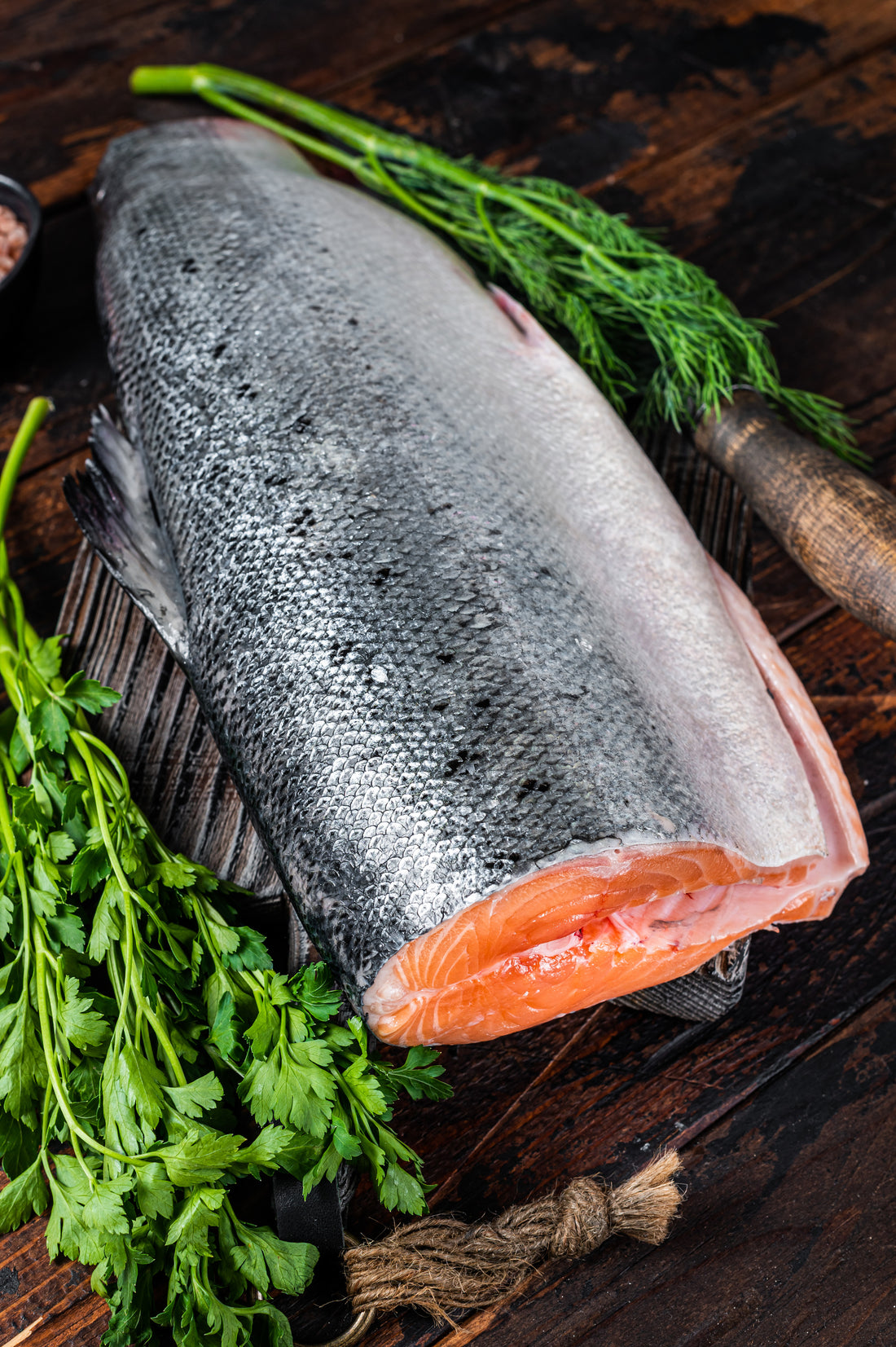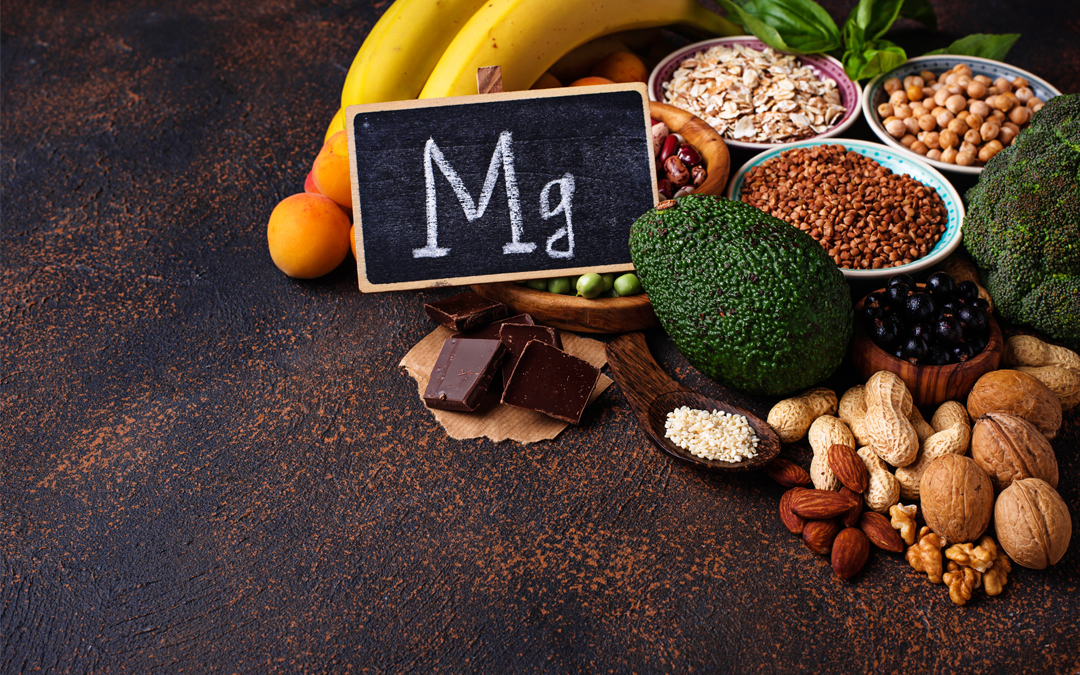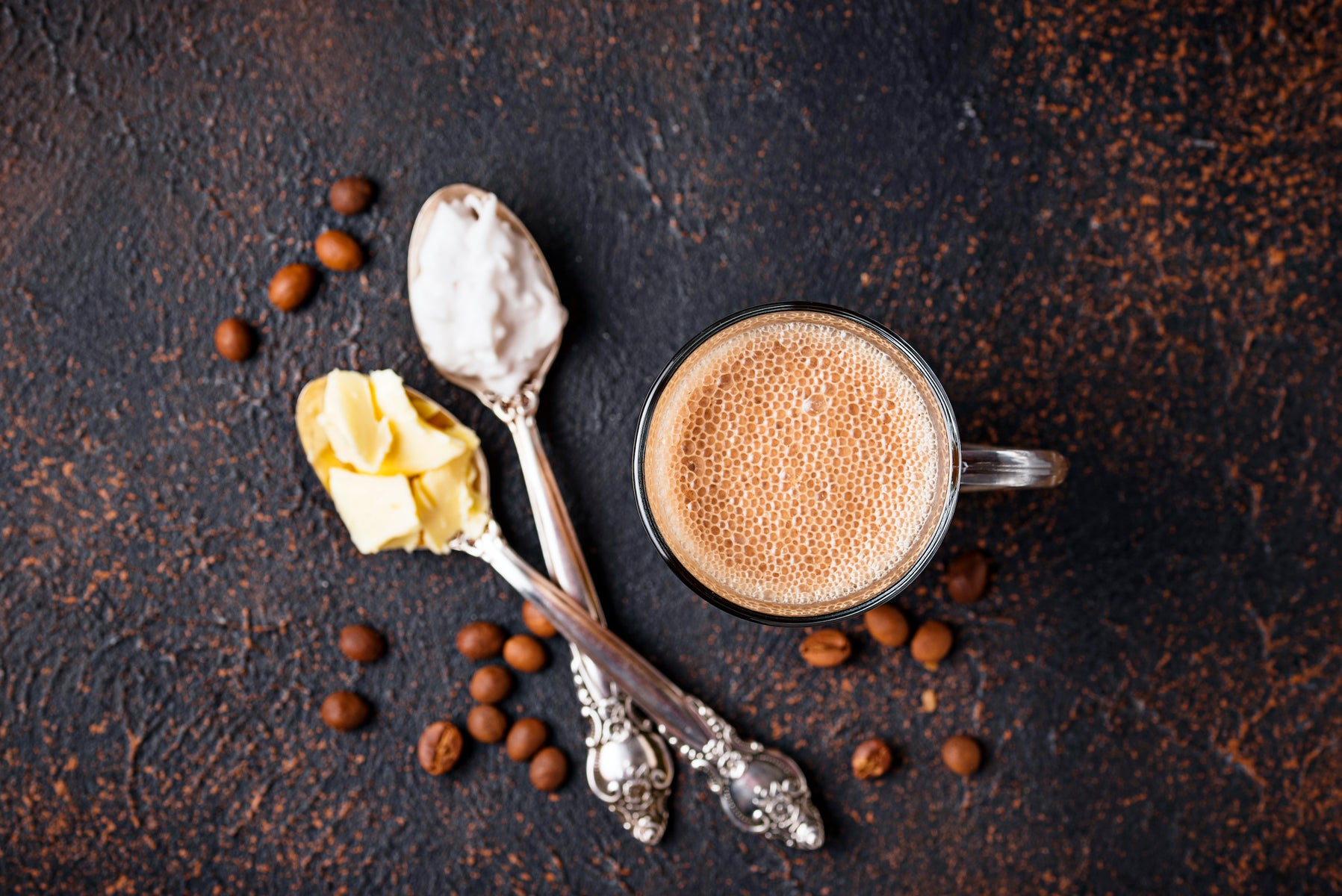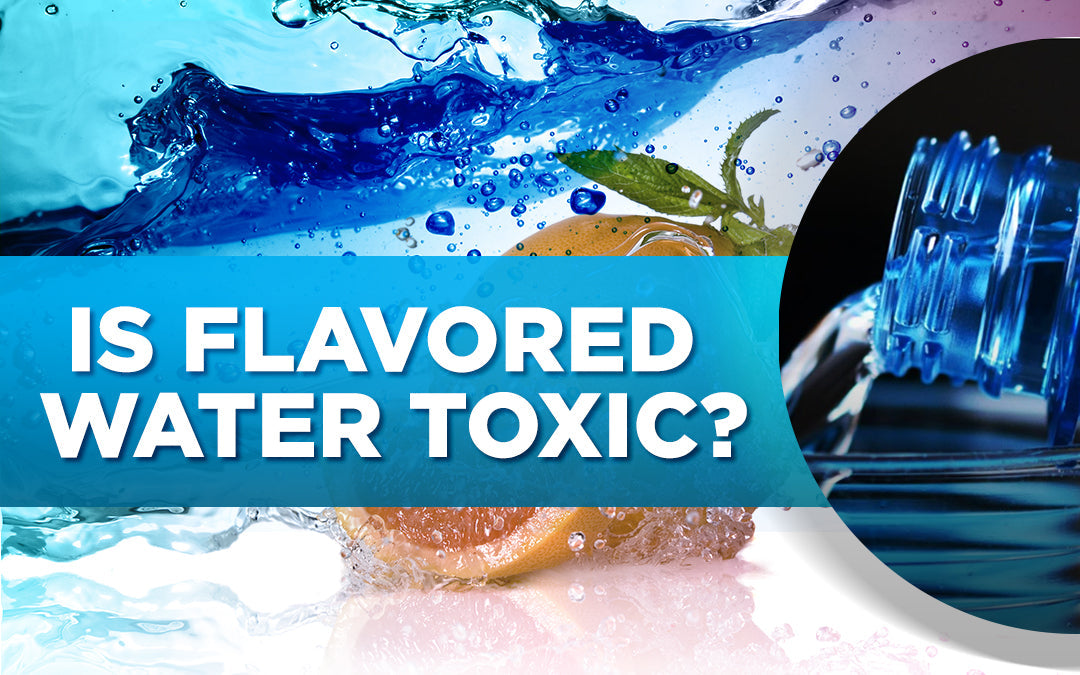Stop Buying Pink Salmon (And What To Get Instead)
Dr LivingoodShare

If you eat a lot of fish, and specifically salmon, you might be deceived every time you shop in the supermarket.
I’m going to show you what you should be looking for, and how the fish and meat industry is deceiving you a bit when it comes to the coloring, freshness, and nutrient value of salmon.
If you’re going to pay a little extra to get fish into your diet to get omegas you have to watch out for a couple things.
Let’s look at farm-raised fish, how you can identify it, and why it’s not good compared to wild-caught fresh fish.
Farm-Raised Salmon
Most fish that you look at in the market are white or gray. But there’s one that stands out.
It’s the number one bestselling fish in the United States, and even in a lot of places around the world: salmon.
It’s pink! It stands out.
In fact, people are willing to pay at least a dollar more per pound for fish that has a brighter pinkness to it. If salmon was gray, you probably wouldn’t even buy it.
So why does that coloring matter for your health? Well, let’s take a look at a farm-raised salmon filet versus wild-caught.
The farm-raised salmon has a higher fat content and more toxins. That comes from their diet.
Color is then added to make it that pink-orange. Otherwise, that farm-raised salmon ends up gray.
If you flayed one of those farm-raised salmon open, you would find a white or grayish tint to their meat.
Doctors warn that pregnant women and children should avoid smoked salmon, especially farm-raised
Salmon farms are also really hard on the whale population.
Wherever there are these large farms of salmon, they’re consuming all of the food in the area.
Then they’re feeding them pellets and synthetic food, which isn’t good for the whale population.
If you buy wild-caught salmon, you’re going to get a much leaner, cleaner fish with a natural pink color that comes primarily from their diet.
Wild-caught salmon feed on crustaceans, shrimp and algae that are actually full of the needed vitamins and astaxanthin that make them pink.
Farm-Raised Diet
Now, I did some research into what farm-raised salmon are fed.
The Food and Agriculture Organization of the United Nations specifically looked at and documented the feed production and food formulas for farm-raised salmon.
The salmon feed is made of some proteins, fatty acids, vitamins and minerals, but it’s synthetically put together as a fish meal, so they might also put soy in there.
That means there could be genetically modified organisms ending up in your fish.
There’s also corn meal and canola meal, which could include highly inflammatory, chemical-laced, hexane-laced seed oil.
There are also animal byproducts in the feed, whether it’s a meat meal, a blood meal, or a hydrolyzed feather meal.
We’re grinding up feathers and using parts from other animals to feed these fish!
Then there’s actual crustacean meal, which is what they should be eating. Krill, shrimp, and crab are the foods that give the salmon their pinkness. I don’t have much of a problem with those.
If you keep looking at this information, you’ll see more bad oil and seed proteins that are added to the salmons’ feed.
There are also added immunostimulants to stimulate the immune system, some added nutrients, and things like starches to hold the feed together.
Synthetic Astaxanthin
Now, what do they add to enhance the salmons’ pinkness, physical properties, digestibility, and preservation of the feed?
They use carotenoids, which are organic pigments.
Normally, these aren’t a problem, but they’re putting in synthetic forms to make the salmon meat pink, including synthetic astaxanthin.
When you see that bright pink coloring in sushi, you know that it’s probably from synthetic astaxanthin.
I don’t have a problem with true astaxanthin that comes from the pinkness of a shrimp, krill, or an algae.
The pink colorization of farm-raised salmon, though, comes from synthetic astaxanthin.
The issue with synthetic astaxanthin is that it is made from petrochemicals.
Not a single human trial has been done on the safety of that, and we’ve been using it for 70 years because you’ll pay a dollar more for the pinkness of the meat.
If salmon goes gray because it was raised on a farm, it’s going to blend in with every other fish, and you won’t buy it.
Salmon farmers have admitted that they wish they didn’t have to feed them a more expensive synthetic astaxanthin, but they have to because they need the coloring.
This is what’s ending up in the farm-raised salmon, and what’s going to end up in you if you’re eating that meat.
Wild-Caught Fish and Omega-3
When you’re shopping, you want to look for wild-caught salmon.
It has way better nutrient content, natural coloring with true antioxidants, way less fattiness, and way fewer chemicals going into your and your family’s bodies.
Salmon should be eating algae, krill, shrimp, and small fish to get that coloring, not synthetic chemicals.
Choose your fish wisely, and focus on wild-caught. Hold that standard and don’t worry too much about getting a pink fish.
The color is synthetic anyway, and it’s just a deception.
Look for high-quality, wild-caught fish.
If you’re looking for the omega-3 benefits of salmon, you can also supplement that.
I use an omega that’s sourced from Atlantic seas in very fresh, controlled waters.
You extract omega-3 from those small fish, protect it, use antioxidants so there’s nothing synthetic involved, and then get the benefits from it.
If you need more help shopping for your meats because issues with the animals’ diet also apply to chicken and beef, come to the grocery store with me!
I created a video where I actually walk you around the store and show you the best meats, which you can find here.
Share
Related Articles
Most Popular
-
The 5 Amazing Benefits of Omega-3s
August 13, 2024 -
Healing Your ‘Second Brain’: The Path to a Healthier Gut
August 13, 2024







